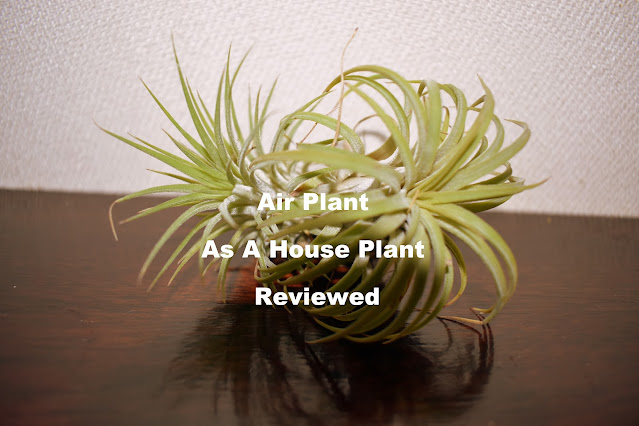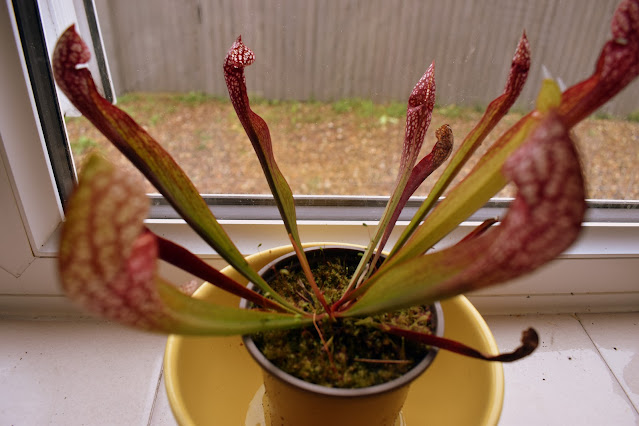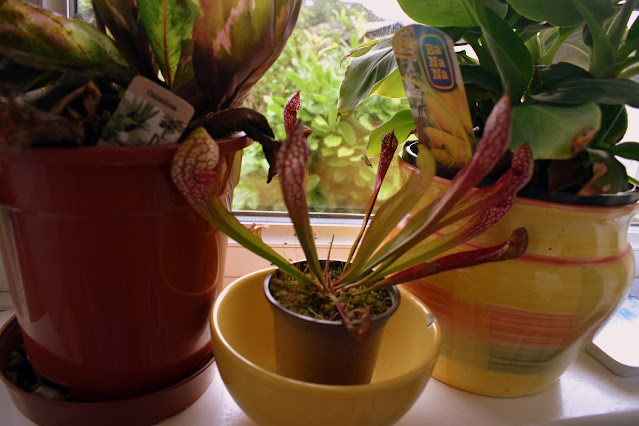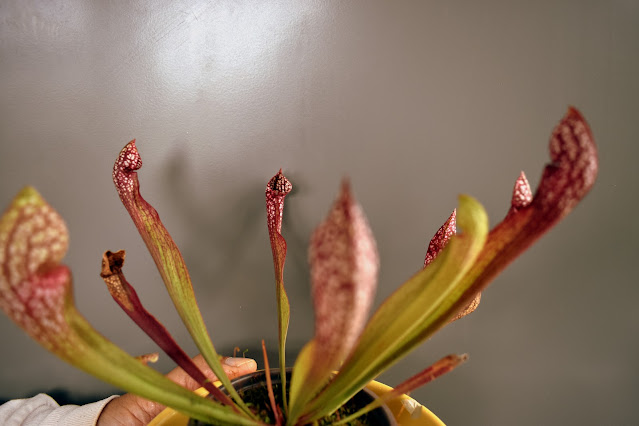What Is a Hygrometer?
A hygrometer is a small device, they vary in size, but for many maybe a bit larger than a credit card in most cases, that measures the amount of moisture or humidity in the air. They can hang on a wall or be placed on a surface, some are even magnetic.
They are available in both digital and analogue types. There is a wide range of options to choose, from the most basic to the most advanced depending on your needs. For example some digital options offer temperature readings, clear low, comfort and high indicators and humidity ranges over 24 hours
Why Use A Hygrometer?
We bought a few hygrometers as we realised our home was showing some signs of high humidity and wanted to know what we were dealing with. We already had a dehumidifier but it didn't show humidity readings. Some dehumidifiers do.
I didn't realise at that stage that high humidity in a house can cause long term issues if not addressed for our health and the house. When we got our hydrometer, It felt good to know which rooms needed attention and where to target our efforts and now we are in control of the humidity in the house. I will warn you though it can become a slight obsession knowing what the humidity is everywhere !
A home that has humidity too high can become an uncomfortable and even an unhealthy environment. A hygrometer is a good aid to easily monitor humidity before the various unwelcome visitors like mould, mildew, dust mites, bacteria, moisture loving pests like slugs, and even silverfish become a problem.
These are some of the main effects a house and the people who live there can experience if humidity is not tracked and regulated. Our house is an older property built of very thick solid brick and is susceptible to high humidity, especially now it is all double glazed.
Mould and Mildew
I hate to see mould anywhere but it is common in bathrooms and kitchens especially. Ours gets very humid after showing and cooking even with keeping windows open. High humidity of around 70% creates ideal conditions for the growth of mould. If we can get humidity to 50-60% conditions are less favourable but mould can still survive especially in corners, behind furniture and in poorly ventilated areas.
We could aim for a home humidity of between 30 to 50% which makes it much harder for mould to grow and thrive. At below 30% the air is far too dry for mould to grow, however it is also not healthy for us.
A humidity level of between 40-50% is about ideal for our health and the house health. So monitoring our kitchen and bathroom is a good thing for us to do to check humidity is not going too high. We must expect spikes in humidity after showers and cooking but the aim is that it goes back down.
Dust Mites
These are tiny creatures, invisible to the human eye who live in our homes. Out in nature they do a good job of breaking down matter and eating it. However in our homes they are not so valuable. They prefer to set up home in mattresses, clothing, carpets and rugs, heavy curtains, cushions and sofas and in particular they love humid environments.
Dust mites are not necessarily harmful directly and do not live on people, but they feed on our discarded skin cells. We shed a surprising amount of skin every day and night so they will generally have plenty to live on ! They also love our pets dead skin cells and dander.
Most of us don't know they are even there, we cannot see them and will not suffer any ill effects from them or their droppings, but if anyone in the household is allergic to them the symptoms can be uncomfortable, even debilitating. These vary from coughing, sneezing, runny sore eyes and even skin rashes.
I have to say I was not all that aware of them until my husband developed an allergy to them and now we make major efforts to keep numbers as low as possible. Now I know a lot more about dust mites, I also personally do not like the thought of them in my mattress and sofas and am now a little obsessed with keeping their numbers down!
Dust mites especially love humidity around 70% or above, it is perfect for their needs and breeding capabilities. However they can still survive at around 40 to 50% humidity, although breeding rates do slow down. It takes humidity below 40% for a prolonged length of time to kill off or seriously reduce their populations. We aim for our home to be just around 40 to 50% which is a reasonable balance for health and house health and along with other anti dust mite measures is acceptable for control.
Some dust mites may still survive deep inside mattresses or sofas, where if the humidity rises again they can start a new population, they are very adaptable and amazingly resistant mites! I do admire them, even if I don't really want to share my bed and sofas with them!
So Ideally to heavily reduce dust mite populations, a range of 30 to 50% humidity is good. However it is not healthy for us or our homes to have humidity too low and certainly not below 30% for any length of time. So a hygrometer will help us to know if we live in an environment suitable for sustaining dust mites or not.
Health Issues
If our homes are too humid it is not only dust mites that are the issue for our health as overly humid air can make asthma worse and exacerbate any existing allergies.
On the other hand air that is too dry is just as bad as it can irritate the respiratory system and can cause dry itchy skin and eyes which is very unpleasant and uncomfortable.
So in these cases tracking to keep humidity at around 40 to 50% is much more comfortable for most people. A home with a balanced and more stable humidity, especially in bedrooms, will help to contribute to a healthier more comfortable sleeping environment as well.
Items In The Home.
We work hard for our things and want to keep them in good condition. It is heart breaking if treasured, useful, beautiful or sentimental items become damaged.
Wooden furniture, books, special year diaries, musical instruments, and electronics and some artwork and photographs are all sensitive and reactive to excess moisture which can cause warping, decay and corrosion if humidity is too high. Wallpaper can peel away and Clothes can also smell musty and become damp in a too humid atmosphere.
So knowing the humidity in your home and keeping it balanced helps to keep all these precious items in a good state at a stable level.
Plant Care In Homes And Greenhouses
Of course I had to mention my beloved plants! Those kept inside are always in an artificial environment and we control their food, water and humidity needs.
For houseplants to thrive we need to understand and replicate as much as possible their native conditions. So once we know our indoor plants needs, a hygrometer will assist us to know what the levels are and if they need increasing or decreasing ensuring the best conditions for plants to thrive in our homes, conservatories, orangeries or greenhouses.
The Main Points to Consider When Choosing a Hygrometer
Display Screen?
Decide if you would like smaller or bigger numbers to read. Some have larger, clearer displays than others. Some also use smiley faces to sad faces or coloured bands, often in red, green and blue, to show low humidity, comfort and high humidity or dew drops to show different levels of humidity which can be useful.
Humidity And Temperature Monitoring?
Hygrometers measure humidity but many also can measure temperature. I think this is useful to give an overall picture of your home environment. Some also display the humidity range and/or temperature range that the house or room has gone through in a 24 hour period which is useful to know.
How To Display In The Home?
Would you like to wall mount, use its own stand, have magnetic capability or have two or three of these features for flexibility?
Accuracy?
Ideally the Accuracy range should be within plus 2 to minus 3 to give a reasonable picture.
Simple device or smart features?
Some are simple open the box and ready to go, others have app integration and alerts for high or low humidity which can be useful in humidity sensitive environments or if you enjoy more advanced technology.
Battery or Power sources?
Consider if you would like batteries and what type is used and how easy they are to replace. Do you need or would like a low battery indicator? Also consider if USB rechargeable is a feature you need or would like.
Where do you need it?
Do you need just indoor hygrometers for your home, or might you want to use it in a greenhouse, garage or outside room
Price Points
Prices vary a lot from very reasonable for very basic models to more expensive for those with lots of smart features. Build quality and longevity are also factors to look for. I look for long lasting durability.
Here Are A Selection Of Hygrometers
6-Pack Mini Hygrometer Indoor Humidity MeterCheck PriceSECRUI Hygrometer ThermometerCheck PriceIndoor Outdoor Thermometer Wireless with 3 SensorsCheck PriceDigital Hygrometer with Max and Min RecordsCheck Price
Indoor/Outdoor Thermoneter hygrometer
Hygrometers - Easy and Quick Way To Measure Humidity
So for a small price a hygrometer can tell you quickly and easily what the humidity levels are in each of your rooms and in any greenhouses you may have.
Knowing your humidity levels is the first step to managing humidity to take care of your health and your home. If you are getting readings of 40-50% you are doing well.
Thank you for reading. In my next article I will discuss what to do if your humidity levels are too high.
Read More Reviews By Raintree Annie
Read More Product Reviews on ReviewThisProducts.com
Reviewing The Benefits Of A Home Hygrometer to Monitor Humidity by Raintree Annie










































